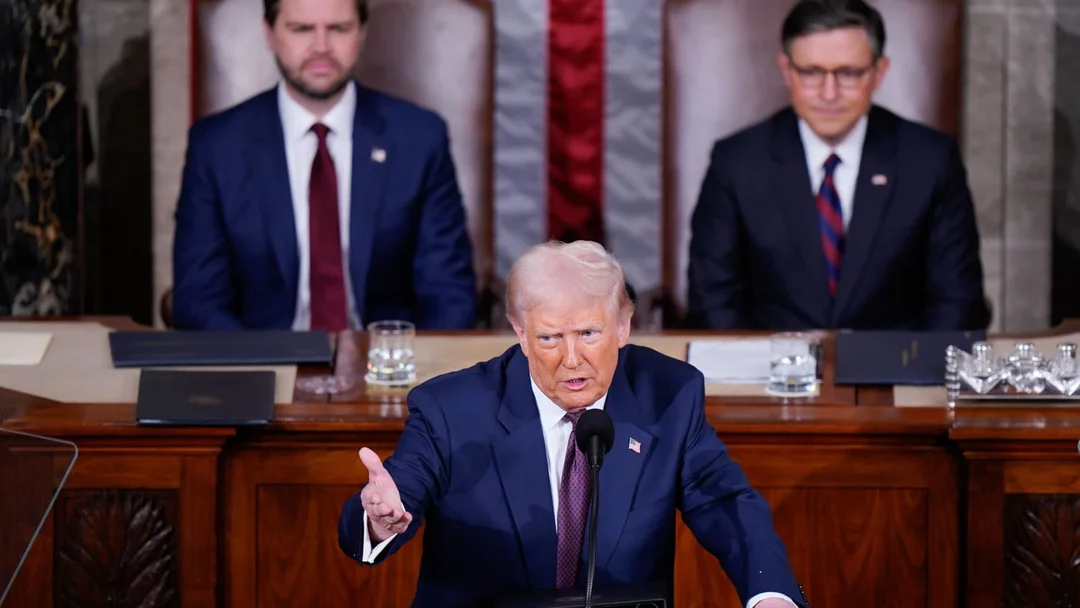
Trump’s Tariff Proposals Stir Debate on Constitutionality and Economic Impact
Former President Donald Trump's recent tariff proposals have ignited a significant debate over their constitutionality and potential economic repercussions. According to a report by CNBC, legal experts are questioning whether Trump's tariff plans align with the U.S. Constitution, particularly in terms of Congress's authority over trade. This comes as Trump's advisers, as noted by The Washington Post, argue that the tariffs are necessary to protect American industries and jobs.
The U.S. Trade Representative's office has been actively involved in calculating reciprocal tariffs, aiming to level the playing field with trading partners. However, CNN reports that these proposed tariffs could lead to increased prices for consumers, affecting everyday goods and potentially stoking inflation.
The controversy surrounding Trump's tariff proposals underscores the complex interplay between trade policy, economic strategy, and constitutional law. As the debate continues, the potential impacts on both the domestic economy and international trade relations remain a focal point for policymakers and the public alike.
Related issues news
Are trade deficits tariffs?
Trade deficits aren't tariffs Trade deficits and surpluses – the balance of trade – can be calculated between specific countries, but also between one country and the rest of the world. Tariffs are different things altogether – taxes a country charges on imports when they cross the border, paid by the importer.
How to calculate US tariffs?
The tariffs were calculated using a formula that takes how much a given country sells to the U.S. (exports), subtracts how much that country buys from the U.S. (imports) to calculate the trade deficit, and then divides the trade deficit by that country's total exports to the U.S., according to experts.
How to calculate tariff rate?
The math is simple: take the U.S. goods trade deficit with a country, divide it by that country's exports to the U.S. and turn it into a percentage figure; then cut that figure in half to produce the U.S. 'reciprocal' tariff, with a floor of 10%.
What is Trump?
Donald John Trump (born June 14, 1946) is an American politician, media personality, and businessman who is the 47th president of the United States. A member of the Republican Party, he served as the 45th president from 2017 to 2021. Donald Trump. Official portrait, 2025. 45th & 47th President of the United States.